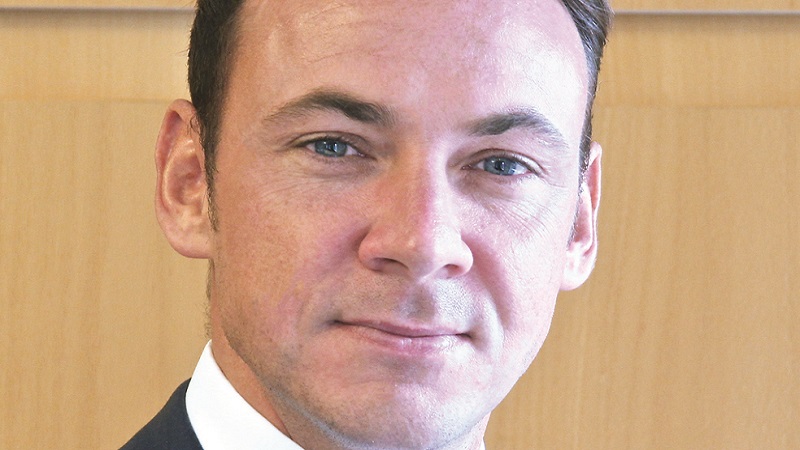Adviser demand for lower costs and outperformance from active management has driven AJ Bell to launch a hybrid managed portfolio service (MPS), according to chief investment officer Kevin Doran (pictured).
On Monday AJ Bell unveiled a ‘pactive’ range of portfolios which blends its actively managed portfolios with its passive funds.
Doran told Portfolio Adviser this was to cater for advisers at the financial planning end of the spectrum who do not feel it is in their mandate to select whether clients should be invested in an active or passive portfolio.
He said: “Speaking to advisers about both ranges there was a definite message of: ‘We like the costs associated with passive, but we feel like we are restricting our ability to generate alpha for clients if we are not going active; wouldn’t it be nice if there was something between the two?’”
50/50 split is not static
AJ Bell’s MPS currently offers advisers access to 16 portfolios targeted to six different risk levels, mapped to the main risk profiling tools used by advisers. It has active and passive option for each of the six risk levels.
The new pactive portfolios are aligned to the same six risk levels but invest half in AJ Bell’s actively-managed portfolios and half in its passive funds. Doran said this 50/50 split could shift to as much as 80/20 either way, depending on market conditions, but he does not see the balance shifting in the current market environment.
He said in a best-case scenario the pactive portfolios, based on the 50/50 split, could offer up to 1.5% outperformance over and above the passive range.
CGT benefits
Doran also said the actively-managed portfolios are blended with passive funds rather than AJ Bell’s passive MPS in order to limit the number of underlying funds and to benefit from the capital gains tax (CGT) advantage that comes with investing in funds.
Doran said: “If we are moving the allocation between active and passive, that could lead to some sizeable changes in the portfolios and we felt it was more transparent and a better outcome for clients to do that via a fund rather than just chopping both portfolios in half and putting them together. If you were to split both MPS portfolios in half and add them together, you would end up with 32 positions in our balanced portfolios as opposed to the 19 you get now.”
He added: “All of the investments in the passive funds come with the CGT shield which you don’t get with the MPS service.”
The AMC for the pactive range is also 0.15% and underlying fund costs will range from 0.37% to 0.58% giving a total portfolio cost of 0.75% to 0.96%.
| Pactive MPS | MPS 1 | MPS 2 | MPS 3 | MPS 4 | MPS 5 | MPS 6 |
| AJ Bell AMC | 0.18% | 0.18% | 0.18% | 0.18% | 0.18% | 0.18% |
| Underlying OCF | 0.37% | 0.44% | 0.49% | 0.51% | 0.54% | 0.58% |
| Platform fee | 0.20% | 0.20% | 0.20% | 0.20% | 0.20% | 0.20% |
| Total | 0.75% | 0.82% | 0.87% | 0.89% | 0.92% | 0.96% |
Source: AJ Bell
Fundscape editorial director Gavin Fielding said the pactive range could be useful in situations where clients in an active DFM/MPS experience what they deem to be poor performance and advisers feel challenged by the all-in cost post Mifid II.
“The adviser can discuss it and say, ‘Well, this is what I can do…’ and a compromise may work. After all, this business is about working with the client and managing their concerns,” he said. “It will look clean and easier to manage compared with an adviser-created hybrid.”
However, Fielding said he is not sure that the difference in cost between AJ Bell’s full active and pactive portfolios is enough to swing it.
“AJ Bell could see if this works and tweak the price or the active exposure down a bit to find the sweet spot, though all the portfolios come in at under 1% all in cost. Even if it does not chime with advisers right now it should with their clients.”
Last week, AJ Bell cut the fees on its range of six passive funds. The funds now have an OCF cap of 0.35% and its annual management charge remains fixed at 0.15%.
In January, AJ Bell announced it was cutting fees for its Balanced fund, the largest in the range, to 0.40%. It also slashed the OCF on its next largest funds, Adventurous and Moderately Adventurous, from 0.5% to 0.44%.










